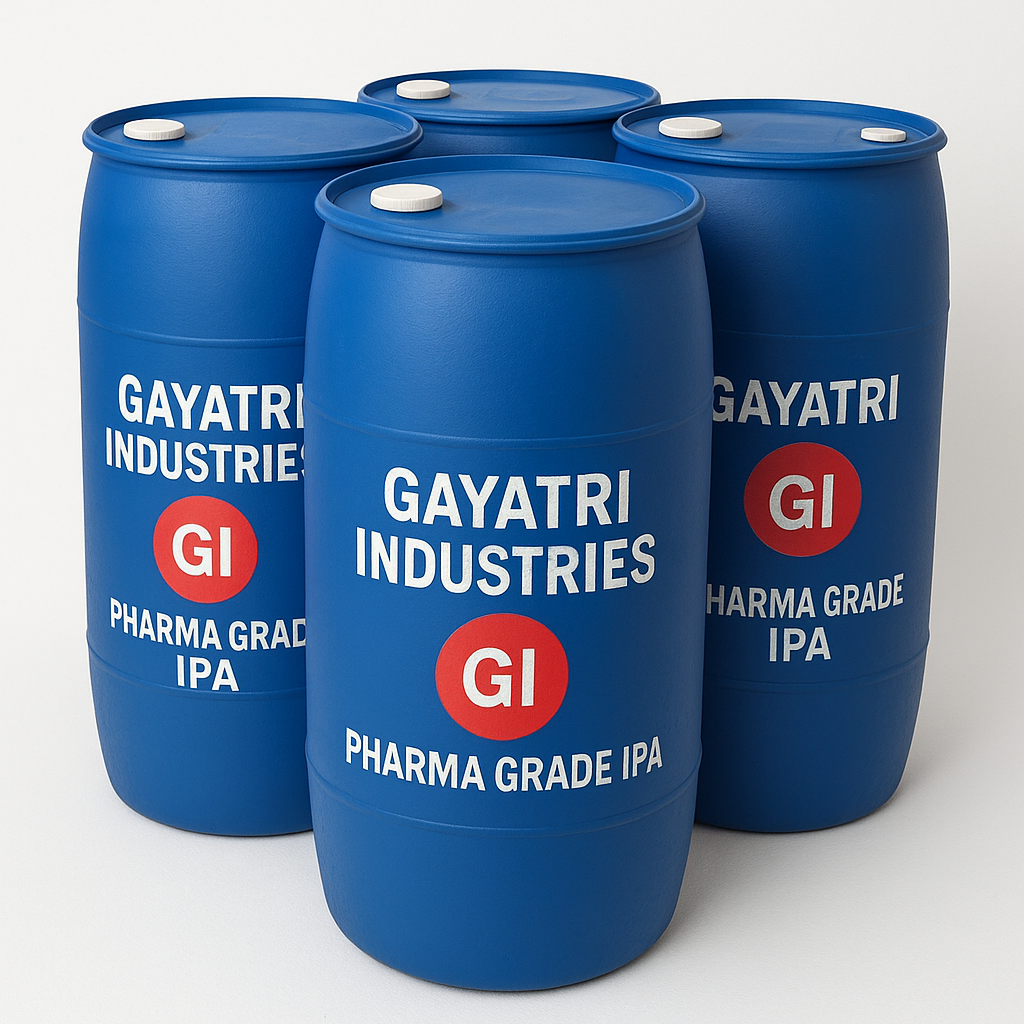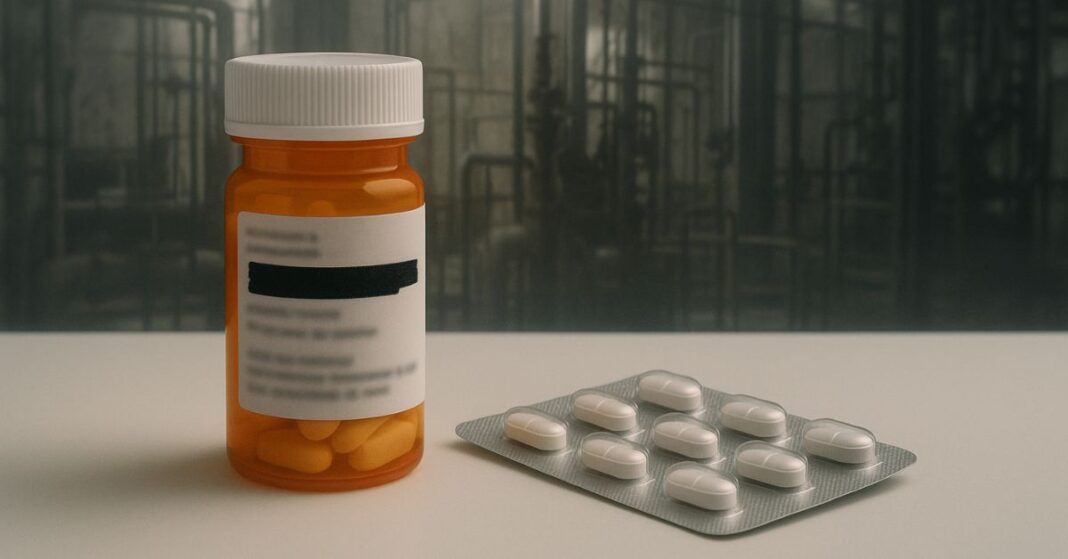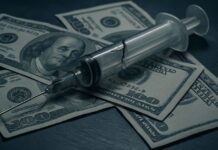Here is my take on a recent piece from ProPublica, a non-profit newsroom that produces investigative journalism in the public interest and which I’m assuming most of you don’t subscribe to. Here’s what they’ve uncovered…
For decades, the U.S. Food and Drug Administration has concealed the names of generic drugs made in foreign factories that failed safety or quality inspections. The agency’s secrecy has kept patients, doctors, and pharmacists from knowing whether the medications they rely on were manufactured in unsanitary or unsafe conditions.
At factories across India and China — which also supply the UK and other “Western” and European drug agencies, as well as much of America’s generic drug supply — FDA inspectors have found disturbing conditions: pigeons defecating on sterilized equipment, pathogens in purified water used for production, and stagnant urine pooling near areas where injectable drugs were made. Yet the inspection reports released to the public routinely black out the names of the drugs involved.
The FDA says the practice protects “confidential commercial information,” but patient-safety advocates say the secrecy undermines the agency’s mission. “Is there some quality issue? Is there a contaminant? I don’t know,” said Dr. Donna Kirchoff, a pediatrician in Oregon who has spent years trying to trace where her patients’ medications were made.
A Long Pattern of Secrecy
There is no law requiring the FDA to redact drug names, but agency lawyers claim to have adopted the policy decades ago, interpreting trade-secret rules broadly to avoid lawsuits from drugmakers. Current and former officials can’t recall who made the original decision or when. Huh?
As if drug makers would sue the FDA! What a joke. Even if they did, their statutory duty is the public as a whole. Nobody gave them a mandate to save money! (or if they did, it got lost long ago!)
The FDA declined to make its general counsel available for comment; former counsels contacted by ProPublica either declined or didn’t respond.
Industry groups have also stayed silent. The main generic-drug lobbying group said it had never weighed in, and the brand-name drug association, PhRMA, said only that while transparency can promote public health, the FDA must “protect sensitive manufacturing information.”
In what sense is filth and bad practice a “sensitive manufacturing” issue? It’s criminality getting under the radar!
 Rat droppings are found as contaminants in a wide variety of buildings
Rat droppings are found as contaminants in a wide variety of buildings
An inspection report from 2022 illustrates the problem. FDA inspectors found spore-forming organisms contaminating sterile areas at a factory in western India. The plant continued shipping drugs to the United States, but with the drug names redacted, the public has no way to know which medications — or which patients — might have been affected.
This is true also in the UK and Europe, Australia and New Zealand too. But there is no equivalent to the FDA, which is SUPPOSEDLY there to protect the consumer, not Big Pharma.
Labels That Don’t Tell the Story
Even if the FDA released drug names, consumers would still struggle to connect the dots. Pill bottles rarely list the actual manufacturer or factory address. A single company may operate multiple plants, each with its own safety record. “If there are no specifics on the labels, pharmacists, patients, and their doctors can’t trace a drug back to the factory,” said former FDA official Dr. Janet Woodcock.
For years, the FDA resisted calls to require this disclosure. “What benefit would this give you and is it worth all the effort?” Woodcock said. “We didn’t think the juice was worth the squeeze.” So she didn’t think it was “worth the effort” to do her statutory job?
The agency has now reversed its stance, asking Congress to amend the law so that drug labels include manufacturer names, factory addresses, and ingredient sources. It also proposed listing more details online. Still, the FDA has not published a comprehensive list linking drug names to manufacturing sites, even though it maintains such data internally. Instead, it posts two separate lists — one with factory addresses but no drug names, and another with drug names but no factory addresses — that cannot be cross-referenced.
Last year, ProPublica sued the FDA for access to its full internal list of drugs and factories. The agency released some information but withheld more than 6,000 factory addresses, citing contractor confidentiality. The case remains ongoing.
Information the Public Not Allowed To See
The FDA also withholds other safety-critical information. Manufacturers must notify the agency within three days of discovering possible contamination or quality defects, but those reports aren’t publicly posted. The only way to see them is through a Freedom of Information Act request — a process that can take weeks or months.
In 2023, the FDA went further, stopping its practice of publishing reports that linked patient harm — including hospitalizations and deaths — to potential quality problems. “We’ve made it almost impossible for consumers to be their own best advocate,” said Lisa Salberg, founder of a nonprofit for people with hypertrophic cardiomyopathy. “We want food labels to tell us what’s inside, but for medicine, we know nothing.”
A Case Study: Atorvastatin
Lipitor, a cholesterol-lowering statin, was one of the world’s best-selling drugs before Pfizer’s patent expired in 2011. Since then, more than 20 mostly foreign manufacturers have produced the generic version, atorvastatin. FDA records show about half those factories have failed inspections for safety or quality violations.
At one plant in central India, conditions were so poor that the FDA banned imports — then granted an exemption allowing the same factory to continue shipping atorvastatin to the United States. It doesn’t make ANY sense.
The millions of Americans taking generic Lipitor have no way to know where their pills were made or whether their supply came from that troubled plant. Manufacturing failures can be life-threatening: contamination with glass or metal, improper dissolution, or incorrect dosing.
Pharmacies and insurance companies, not patients, decide which generic version to dispense. A refill could come from a pristine factory or one plagued by mold, rat poo and rust.
The FDA says it is “reviewing the redaction process,” but offered no timeline. Some former officials defend the practice, claiming full disclosure could reveal proprietary manufacturing methods. Others disagree. “Inspection reports don’t include trade secrets,” said Woodcock. “They’re talking about whether the test was done correctly or whether there was mold in the dryer.”
Legal experts told ProPublica the blanket removal of drug names is improper and should be done case-by-case. But during their tenures, few FDA leaders questioned the practice. “If lawyers tell you you can’t do this or we’ll get sued, no one is going to take that risk,” said Dr. Mac Lumpkin, a former deputy commissioner.
 Re-conditioned packaging for pharmaceutical products can easily be used then filled with substances that are NOT approved.
Re-conditioned packaging for pharmaceutical products can easily be used then filled with substances that are NOT approved.
Twenty-Five Years of Lying and Resistance
Calls for reform stretch back decades. In the early 2000s, FDA officials proposed sharing unredacted inspection reports with Switzerland to coordinate oversight of high-risk foreign factories. Agency lawyers blocked it, saying even trusted foreign regulators couldn’t see confidential information. “They didn’t want to do anything that would make the industry mad,” said Lumpkin. “It was not, ‘What do we need to do for public health?’ It was, ‘How do we keep the FDA out of court?’” Or let’s not be cute, it’s: how do we keep our Big Pharma pay lords out of court?
Around the same time, Woodcock began building a database of factory addresses for all drugs approved in the U.S. “There was no information,” she said. “It was terrible.” Even after the database was complete, the FDA released only partial details — drug names without addresses, and vice versa.
In the 2010s, as the Obama administration emphasized government transparency, the FDA launched an online database of factory inspections — but continued redacting drug names from the reports.
In 2022, a committee of the National Academies of Sciences, Engineering, and Medicine urged the FDA to require manufacturers to disclose where their drugs are made. So far, the agency hasn’t acted. All we can be sure of is that there IS a problem, otherwise they wouldn’t be keeping information secret.
A Promise of “Radical Transparency”?
When Dr. Marty Makary became FDA commissioner in 2024, he promised “radical transparency.” The agency soon began publishing more information on why it rejects applications for new drugs — but not on where existing drugs are made.
Two years later, the FDA still hasn’t released detailed data connecting generic drugs to their factories.
ProPublica, which paid for access to a commercial database of FDA inspection documents, continues to fight for disclosure through the courts. The case could determine whether Americans will finally be able to learn where — and under what conditions — the pills in their medicine cabinets are made.
Meantime, best advice? Don’t take drugs. There are safer ways to retore health. Drug manufacturers are not going to lower their profits, just to keep you safe! (no, really, I’m talking about pharmaceutical drugs, not contaminated methamphetamines and ketamine). The criminals are tracked down and go to jail. But Big Pharma executives never do; they just get richer and richer.
To your good health,
Prof. Keith Scott-Mumby
The Official Alternative Doctor
SOURCE:
https://www.propublica.org/article/fda-hides-drug-names-contaminated-factories




